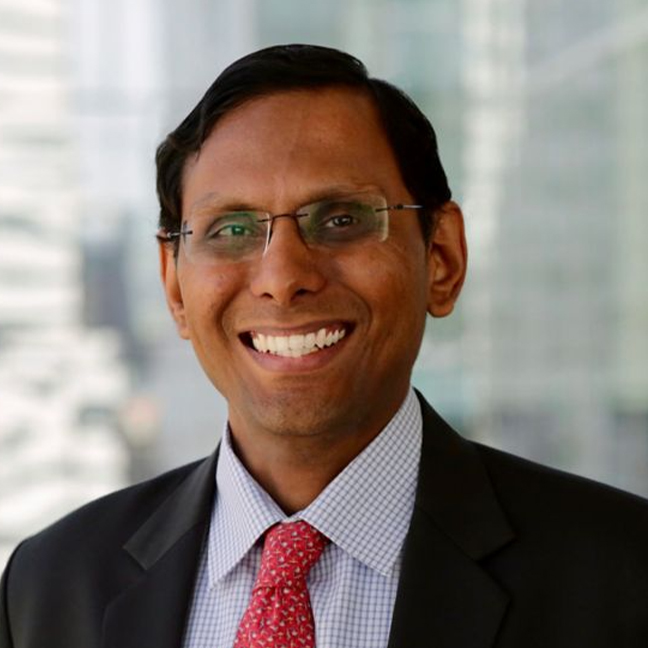Investors today are navigating a new economic era, with heightened geopolitical tensions, growing policy divergence and bouts of significant market volatility. While the inherent unpredictability of this still-evolving new era may be unsettling, we believe it creates opportunities for active investors who can identify companies that are better prepared for this more volatile backdrop. Here, we explore a framework centred on recognising the inherent qualities of good corporate stewardship. The framework seeks to identify strong leaders that drive attractive returns for shareholders over the long run while considering the interests of all other stakeholders. By holding a high bar and consistently applying this framework to create a portfolio of leading stewards, investors may tilt the odds in favour of attractive and recurring returns over the long run that align well with a core equity allocation.
A volatile macro backdrop
After more than two decades marked by coordinated policy action and globalisation, we have reverted to an era of shorter and more volatile cycles with pronounced divergences between economies and policy regimes. The picture is further complicated by the advent of AI and an increasingly complex geopolitical environment, exacerbated by the rapid implementation of US President Trump’s “America First” agenda. Given the structural nature of these shifts, we believe this unpredictable backdrop is here to stay and investors need to adapt accordingly. And in our view, this new world should favour active investors over the longer run. Separating meaningful trends and their impact on fundamentals from the noise has undoubtedly become harder, but this hurdle can be overcome by having a disciplined philosophy and process for investing, backed by proactive research and engagement.
The power of stewardship investing
For longer-term-orientated investors, we think assessing businesses through a stewardship lens can help to identify companies with the potential to produce strong financial returns over an extended period. In our experience, the typical qualities of a business demonstrating superior corporate stewardship include:
- A robust governance structure that helps it to allocate capital more efficiently for the long run and, in doing so, bolster its competitive advantage and pricing power;
- The ability to balance the interests of stakeholders— be it employees, customers, suppliers or the communities in which it operates — which reduces friction on returns by contributing to a more engaged and loyal workforce, greater customer satisfaction and more sustainable supply chains; and
- A focus on addressing the environmental impact of its operations, which, over time, can strengthen the resilience of its business and its long-term return potential.
A robust stock selection process, which prioritises companies with high financial returns and the stewardship to sustain them, together with a risk-aware approach to portfolio construction, can help to build a portfolio to navigate macroeconomic volatility over the long term. To date, our experience suggests that allocations to stewardship leaders have tended to result in a diversified core equity portfolio that is generally less volatile than the broader market. Whether this will still hold true in an environment of shorter cycles and structural change may, to a significant extent, depend on the ability to capitalise proactively on research and engagement insights.
Generating returns through research and engagement
In practice, this focus on stewardship investing means delving deeper into the leadership and decision making around those aspects of a company’s value creation potential that are most vulnerable to the impact of sudden reversals. In our opinion, three key areas in particular demand greater attention:
1. The impact of growing capital intensity
While AI is still in its early stages, those companies seen to be connected to the build-out of AI infrastructure mostly enjoyed strong share price performance in 2024. While we are at the beginning of a new and promising technology, there are still many unknowns, including the longer-term return on the wave of capital being invested. While there is plenty to be excited about, we believe it is important to set guardrails and invest thoughtfully alongside this large and unconstrained capex cycle. Stewardship criteria can help screen for greater capital discipline, oversight and foresight around longer-term returns, and important additional considerations including access to resources and talent. Engagement can also help assess strategic focus and strength of execution. These considerations can help inform security selection in today’s highly concentrated market.

























